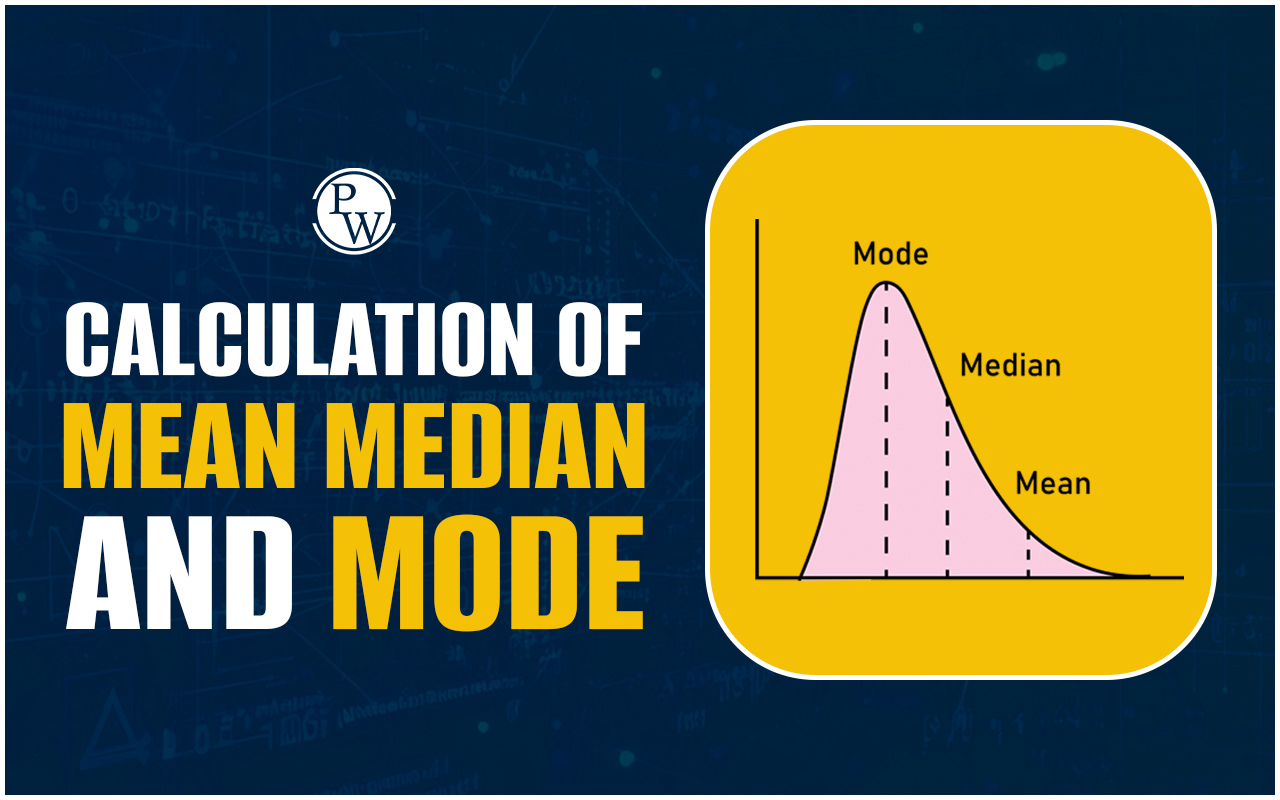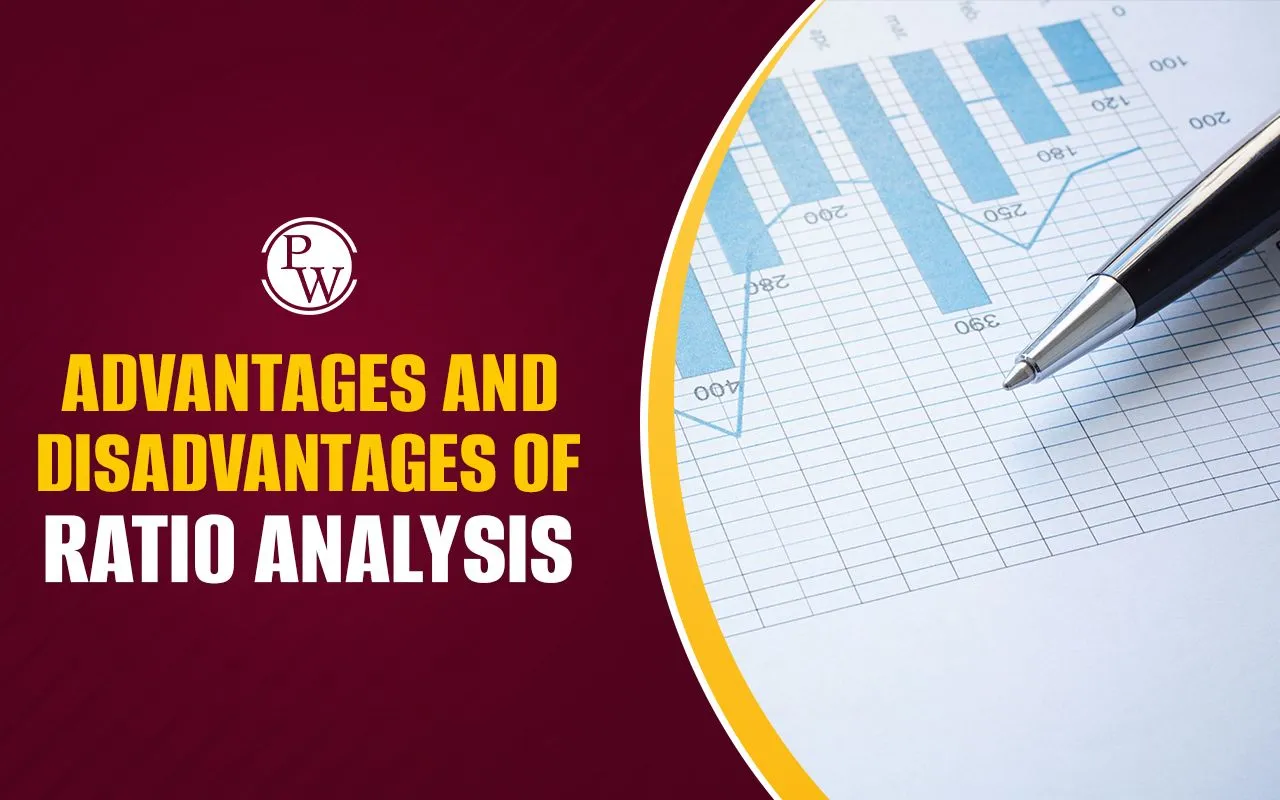

Capital Receipt and Revenue Receipt: Earning money is typically the primary objective of any business, and various strategies exist to achieve this goal. Businesses commonly maintain two critical financial statements to monitor their financial progress: the balance sheet and the income statement.
Both Capital Receipts and Revenue Receipts are fundamental aspects of accounting. Capital Receipts involve receiving funds from non-operational activities like selling assets or borrowing for long-term investments. In contrast, Revenue Receipts stem from daily business operations such as sales, services, rentals, or interest earnings.What is Capital Receipt?
Capital receipts arise from decisions with long-term effects and are not part of a company's regular business activities. They are typically occasional and derived from the sale of assets or the creation of liabilities. Since they are generally non-recurring, businesses and governments can only consider them a regular source of income. Capital receipts represent cash inflows from capital gains resulting from the sale of investments or assets such as buildings, land, or jewellery. Example There are two main categories of capital receipts, those from debt and those not from debt. Here are some examples of each:Capital Receipts from Debt (Borrowings)
- Loans : This is a common example. When a company takes out a loan from a bank or financial institution, it receives a capital receipt, increasing its cash flow and creating a liability on the balance sheet.
- Issuing Bonds : When a company sells bonds to investors, it receives a capital receipt representing the money raised. The company owes investors the bond's principal amount plus interest over time.
- Debentures : Similar to bonds, debentures are debt instruments issued by a company to raise long-term capital. They come with a fixed interest rate and maturity date.
Capital Receipts not from Debt
- Sale of Fixed Assets: When a company sells a building, equipment, or other long-term asset no longer needed, it receives a capital receipt. This increases the company's cash flow and removes the asset from the balance sheet.
- Equity Shares: While issuing equity shares doesn't directly create debt, the funds received from selling new shares to investors are considered a capital receipt. This increases the company's equity capital.
- Government Grants: A company receiving a government grant for a specific purpose, such as research and development, is considered a capital receipt.
Advantages of Capital Receipt
Capital receipts offer several significant benefits to businesses and governments. These receipts, often resulting from the sale of assets or the creation of liabilities, can provide financial advantages that enhance an organisation's overall performance and strategic positioning. Some key benefits of capital receipts include:- Financial Flexibility : Capital receipts provide businesses with additional funds that can be used for various purposes, such as paying off debts, investing in new projects, or expanding operations.
- Asset Utilization : By selling non-core or underutilised assets, companies can convert these assets into cash, which can be more effectively used elsewhere within the organisation.
- Debt Reduction : The funds from capital receipts can reduce existing liabilities, improving the business's financial health and stability.
- Investment Opportunities : With the capital influx from these receipts, businesses can take advantage of new investment opportunities without incurring additional debt.
- Improved Cash Flow : Capital receipts can enhance a business's overall cash flow, providing the necessary liquidity to manage day-to-day operations more efficiently.
- Strengthened Balance Sheet : Capital receipts can improve a company's balance sheet by increasing the cash reserves and reducing the dependency on external financing.
- Strategic Realignment : These receipts allow companies to realign their strategies by divesting from non-essential assets and focusing on core business areas.
What Revenue Receipt?
Revenue receipts refer to the income that a company, organisation, or government receives from its regular business operations or the provision of services. These are distinct from capital receipts, which involve funds obtained from selling assets, borrowing, or equity investments. While capital receipts are used to finance the purchase of long-term assets or repay long-term debts, revenue receipts are meant to cover the entity's ongoing expenses.Revenue receipts typically include:
- Sales revenue.
- Fees are charged for services rendered.
- Interest earned on investments.
- Grants received for specific projects or programs.
| Also Read | |
| Double Entry System | Channels of Distribution |
| International Trade | Accountancy adjustments |
Purpose of Revenue Receipt
The primary purpose of revenue receipts is to cover the ongoing operating expenses of a business, organization, or government. These receipts are crucial for maintaining day-to-day operations and ensuring the smooth functioning of the entity. Revenue receipts are generated from regular business activities and services provided, making them a recurring and predictable source of income. Examples include sales revenue, service fees, interest earned on investments, and grants for specific projects.Similarities between Capital and Revenue Receipts
Capital and revenue receipts, while distinct in their sources and purposes, share several commonalities that are essential for the financial management of a business or organisation. Both types of receipts play a vital role in ensuring cash inflow and maintaining financial stability. Here are the similarities between capital and revenue receipts:| Aspect | Capital Receipts | Revenue Receipts |
| Cash Inflow | Result in an inflow of cash or cash equivalents | Result in an inflow of cash or cash equivalents |
| Financial Management | Contribute to the overall financial health and liquidity | Contribute to the overall financial health and liquidity |
| Accounting Records | Both need to be recorded in the accounting books | Both need to be recorded in the accounting books |
| Impact on Business | Influence the financial management decisions | Influence the financial management decisions |
| Financial Statements | Reflected in the financial statements | Reflected in the financial statements |
Differences Between Capital Receipt and Revenue Receipt
Capital and revenue receipts are distinct financial inflows that serve different purposes within a business or organisation. Understanding the differences between them is crucial for accurate financial management and reporting. The table below highlights the key differences between capital receipts and revenue receipts:| Aspect | Capital Receipts | Revenue Receipts |
| Source | Sale of assets, borrowing, or equity investments | Regular business operations or provision of services |
| Frequency | Generally non-recurring | Recurring and regular |
| Purpose | Financing long-term assets or repaying long-term debts | Covering day-to-day operating expenses |
| Accounting Treatment | Recorded on the liabilities side or as a reduction of assets | Recorded on the income side of the profit and loss statement |
| Impact on Financial Statements | It affects the balance sheet | It affects the profit and loss statement |
| Examples | Sale of land, building, or machinery; loan proceeds | Sales revenue, service fees, interest earned, specific grants |
| Nature | Non-operational and one-time | Operational and continuous |
| Tax Implications | Generally not subject to regular business taxes | Subject to regular business taxes |
Begin your journey towards academic excellence in Commerce with our comprehensive Commerce courses . Master the CBSE syllabus with expert guidance and ace your exams. Enroll now!”
Capital Receipt And Revenue Receipt FAQs
What is a capital receipt with an example?
A capital receipt refers to cash or cash equivalents received from the sale of tangible or intangible assets. For instance, when a company sells machinery and receives cash in exchange, it constitutes a capital receipt.
Which receipts are called as capital?
Receipts categorised as capital include those that result in the creation of liabilities or reduce assets for the government.
Which of these is a capital receipt?
Capital receipts include loans obtained by the government from the public, borrowings from foreign countries and institutions, and the proceeds from asset disinvestment.
Talk to a counsellorHave doubts? Our support team will be happy to assist you!

Free Learning Resources
PW Books
Notes (Class 10-12)
PW Study Materials
Notes (Class 6-9)
Ncert Solutions
Govt Exams
Class 6th to 12th Online Courses
Govt Job Exams Courses
UPSC Coaching
Defence Exam Coaching
Gate Exam Coaching
Other Exams
Know about Physics Wallah
Physics Wallah is an Indian edtech platform that provides accessible & comprehensive learning experiences to students from Class 6th to postgraduate level. We also provide extensive NCERT solutions, sample paper, NEET, JEE Mains, BITSAT previous year papers & more such resources to students. Physics Wallah also caters to over 3.5 million registered students and over 78 lakh+ Youtube subscribers with 4.8 rating on its app.
We Stand Out because
We provide students with intensive courses with India’s qualified & experienced faculties & mentors. PW strives to make the learning experience comprehensive and accessible for students of all sections of society. We believe in empowering every single student who couldn't dream of a good career in engineering and medical field earlier.
Our Key Focus Areas
Physics Wallah's main focus is to make the learning experience as economical as possible for all students. With our affordable courses like Lakshya, Udaan and Arjuna and many others, we have been able to provide a platform for lakhs of aspirants. From providing Chemistry, Maths, Physics formula to giving e-books of eminent authors like RD Sharma, RS Aggarwal and Lakhmir Singh, PW focuses on every single student's need for preparation.
What Makes Us Different
Physics Wallah strives to develop a comprehensive pedagogical structure for students, where they get a state-of-the-art learning experience with study material and resources. Apart from catering students preparing for JEE Mains and NEET, PW also provides study material for each state board like Uttar Pradesh, Bihar, and others
Copyright © 2025 Physicswallah Limited All rights reserved.











